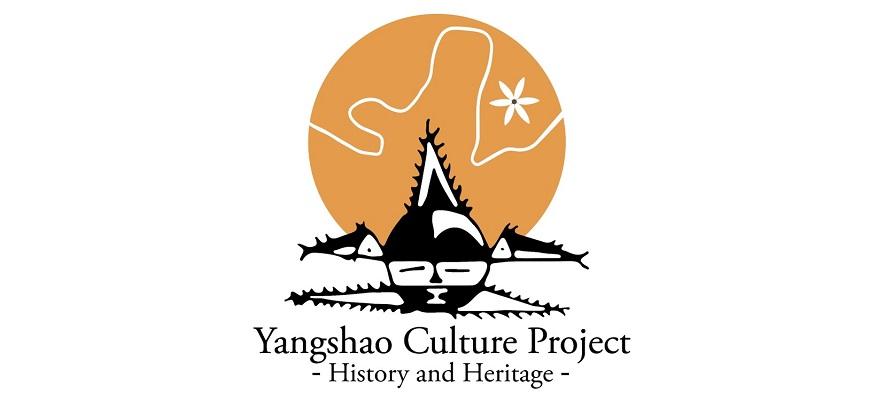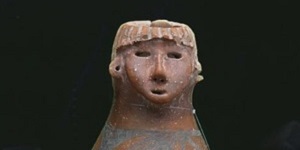
Yangshao Culture: 100 Year Research History and Heritage Impact
Project Overview
The Yangshao Culture: 100 Year Research History and Heritage Impact project analyzes the historiography of the Yangshao Culture and its functioning as a heritage icon for the Chinese nation as well as its impact on various societal concerns.
The Yangshao culture refers to a cultural complex along the Yellow River in what is now central China (primarily Henan, Shanxi, and Shaanxi provinces) between 5000 and 3000 BC.
It was discovered in 1921 by the Swede Johan Gunnar Andersson (1874-1960). Many thousands sites are now known and it has been granted a central role in the development of agriculture, pastoralism, and the invention of new material forms (including ceramics and polished stone artifacts) in Chinese prehistory, and has been allocated a seminal role in the formation of a multi-ethnic Chinese nation (both the terms ‘nation’ and ‘multi-ethnic’ are commonly used in discussions of this culture). This allows us to analyze China’s early national history as an archaeological imagination.
The project consists of three strands of analysis, integrated through a final synthesis reflecting on national iconic heritage.
-
The first is a historiography of research into the Yangshao Culture, its discovery and the changes in interpretations since 1921. With the hundred year anniversary coming up at the end of the project this is a timely study.
- The second strand is an investigation of how the culture has been understood as heritage, especially its role in the formation of Chinese nationalism. This part of the project analyzes the use of the Yangshao Culture at both the level of government institutions and museums and at a more local popular level - how do people connect to the idea of this being 'their' heritage.
- The third study will focus on the commercial exploitation of the branding provided by reference to the Yangshao Culture and how in turn this may impact ideas of the past.
The project runs from 2019 to 2024 and is generously funded by the Beifang International Education Group and Shanghai Academy of Guyewang Studies.
Yangshao Culture Project Logo
The project logo (designed by O. Antczak) is composed of several elements. The orange circle represents the land with the Yellow River running through it. The flower, considered by some scholars to be a symbol of ancient China, is derived from painted decoration on Neolithic pottery. The image of ‘Fish and Human Mask’ is borrowed from the ‘Pottery Bowl Decorated with Fish and Human Mask’, which was found in the Yangshao Culture site at Banpo village in 1955, and is now in the collections of the National Museum of China. This pot has become a representative example of the Yangshao Banpo type pottery.






